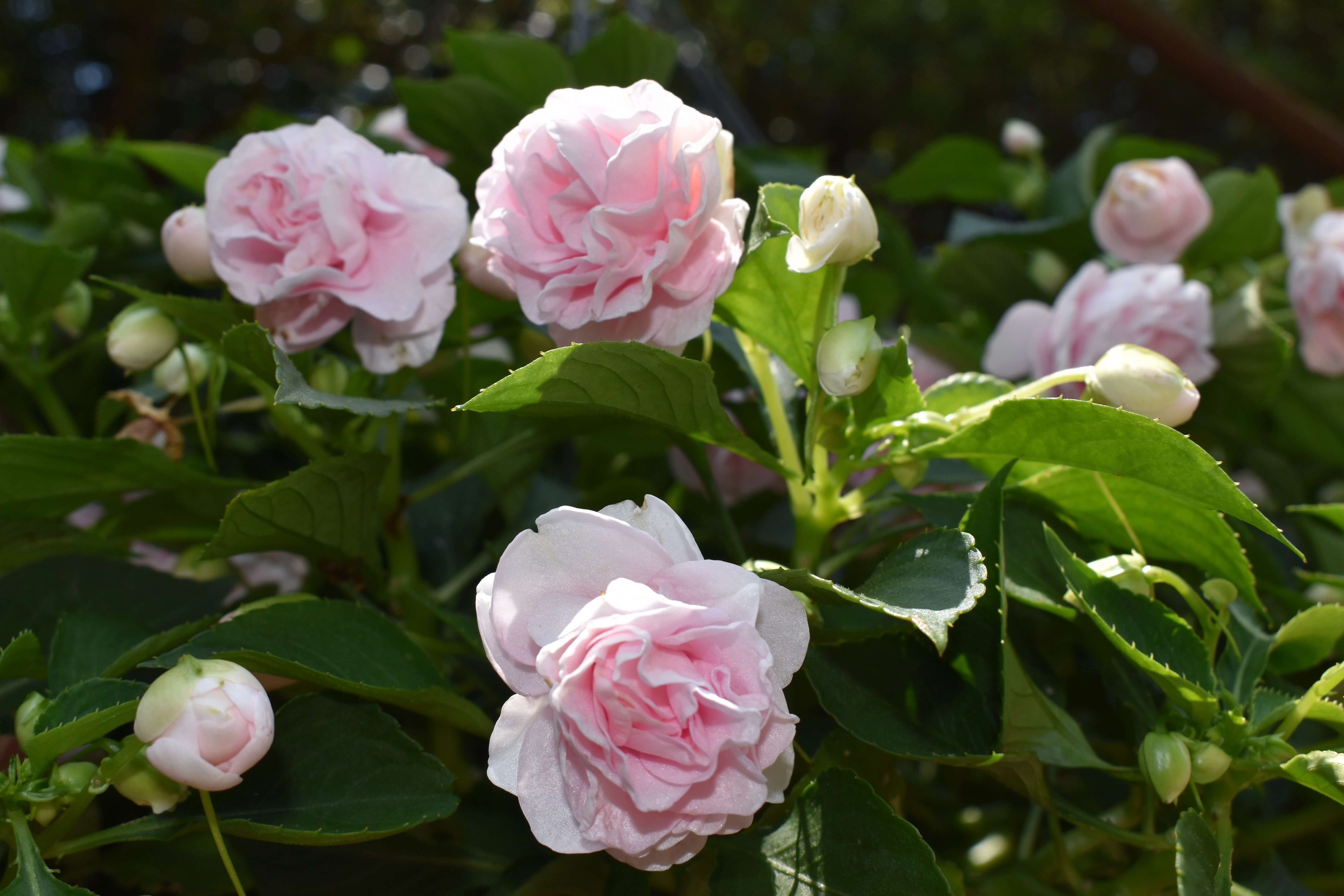As days get warmer and flowers begin to bloom, the eastern tent caterpillar busies itself weaving strange tent-like forts in the trees. This caterpillar feeds on foliage of various trees, but the trees usually recover.
The eastern tent caterpillar is one of the first insects to become active in the spring. This caterpillar is hairy with black and white stripes down its back and yellow lines along its side.
Feeds and lives in numerous trees
It feeds on cherry, apple, peach, plum, and crabapple leaves, but has been found on various hardwoods such as ash, blackgum, birch, sweetgum, oak, poplar and maple.
The caterpillars call the unsightly web-like tents home. The tent acts as a safe house during bad weather and provides sleeping accommodations after feeding. The tents are often built in the crotches of trunks and limbs or in the junctures of larger branches. They enlarge as the caterpillars grow.
Make a mess in trees, on the ground
Along with the damage caused by their feeding, these insects can become a nuisance as they crawl around on the ground in search of an alternative food source or a suitable site to develop into an adult. You may have even dodged them when walking across your porch or down the sidewalk. Is there cause for concern? While high numbers of the eastern tent caterpillar can almost entirely defoliate a tree, not all is lost. The tree will generally recover and put out a new batch of leaves later in the season. However, aesthetically the nests and defoliation of the trees are considered by many to be an eyesore. So while control of this insect is not usually necessary, it may sometimes be desirable in recreational and urban areas. In such cases, prevention and early control play a large role. Remove nests from trees early Egg masses, which are laid in rows around small branches in late spring, can be removed during cooler months. In early spring, when the first signs of the small tents are seen, they can be removed and destroyed by hand. Larger tents can be pruned out of trees or wound around the end of a stick and destroyed. If you are not troubled by the presence of these unique creatures, you may find them fascinating to watch as they feed, expand their tents and grow.




.png)


.jpg)
